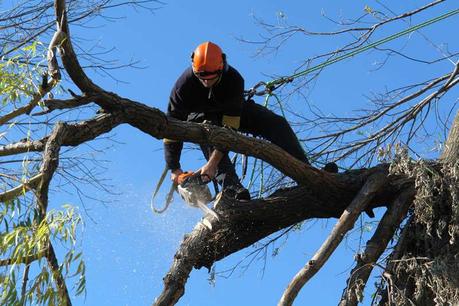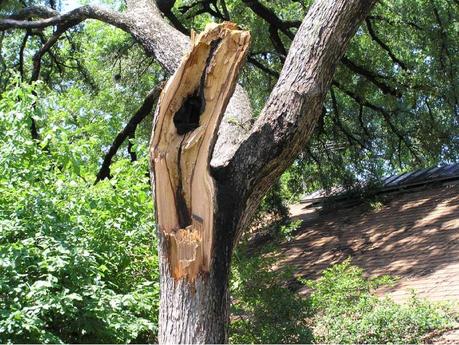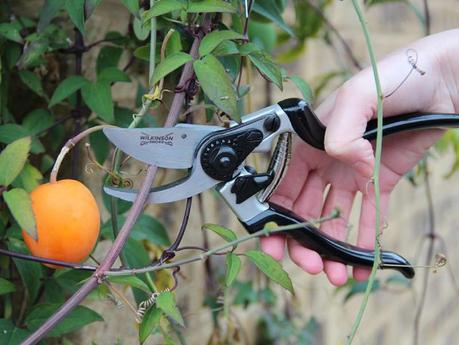In order to keep the trees healthy, it is important to perform tree pruning. If you do not attend a tree for several years it can become unhealthy in several ways. For example, natural stubs can result to rot and insects. Suckers can suck the nutrition and energy from your tree. Even the dead branches and overlapping branches can result in damage to the rest of the tree, and much more.
In order to keep your yard with happiest and healthiest trees, it is important to prune your tree at the right time. This needs to be done by adopting the appropriate techniques and types of equipment. In the forthcoming sections of this write-up, we have provided a useful guide that will help you to keep your tree healthy by performing tree pruning. We promise after reading this content piece you will be able to take the right decision of selecting Canopy tree services company to prune your trees.
As promised, let’s start with the signs that showcase that it is time to prune the tree. It has been observed that late winter is always a safe option. Reason? It comes right after the coldest weeks and right before springtime. This is the right time to promote the growth of the tree. In addition to this, there are some other signs that showcase it is time to prune your tree. Like:
- When the branches of the tree begin to sag lower than before. Sagging branches are signs of unhealthy trees and branches beginning to die.
- It is easier to remove dead leaves in summer. Reason? It is easier to notice when the branches do not have any leaves.
- Once the branches have lost their leaves, it becomes easier to prune to ensure that the tree’s form has the highest visibility.
How to Deal with Different Parts of the Tree?

Remember not every tree will grow in a perfect way. Certain trees might need your help in certain parts and pieces of the tree that grow awkwardly.
Let’s look at how to deal with the different parts of the tree.
Forked Trunks
If you find the base of the tree’s trunk which has been forked into two different trunks, the leaves that are behind the space usually end up getting rot. The insects also weaken the tree foundation. If your tree is still young, it is significant to get rid of the smaller trunk by cutting it as close to the ground as possible. This can be done with a slight downward angle. But, while conducting this activity ensure that the other trunks of the tree remain unaffected.
Broken Stubs

While performing tree pruning, you might find certain stubs of your tree from branches that break off naturally due to the wind. Remember, stubs are not good for trees. Reason? They make it difficult for the tree to grow a callus over the wound. This results in insects and rots seeping inside. The only workaround to this situation is to cut the stub off right above the collar of the branch. This ensures that the tree is able to grow protective callus over the wound properly.
Clustered Branches
There are times when several small branches become clustered together. This can restrict the growth of the larger branches. It can even cause damage to them and each other through physical contact. The only way to resolve this situation is by cutting down the smaller, unsightly branches. This will give fresh airflow to the tree with long due sunlight.
Opting for the Right Equipment and Techniques
Use Secateurs for Smaller Branches

Secateurs are small, scissor-like devices that consist of springs and a locking system. Employ gloves and safety glasses, go through the smaller branches and get rid of them with the help of secateurs.
Use Hand Saw for Medium Branches
If you need to prune the medium branches, it is advisable to use a hand saw. Reason? It becomes effortless to wield this medium-sized blade while dealing with lower branches that might be too thick for the secateurs. While pruning, always remember to ensure that there is no damage done to the main trunk while cutting. Always get rid of the branches at a downward angle that is pointed away from the trunk.
Use Pole Pruner for Hard-to-Reach Branches
There might be certain branches which might be too high for your liking or above roof or fences. This makes it extremely difficult to access directly. For these branches, it is time to employ the lever action of the pole pruner. In case, the branches are too thick, get a saw pole pruner attachment for making your task easier.
Use Loppers for Thicker Branches
Loppers are similar to secateurs in shape and structure. But, they are much bigger. They have the size, length, and strength to reach and cut thicker branches of the tree.
